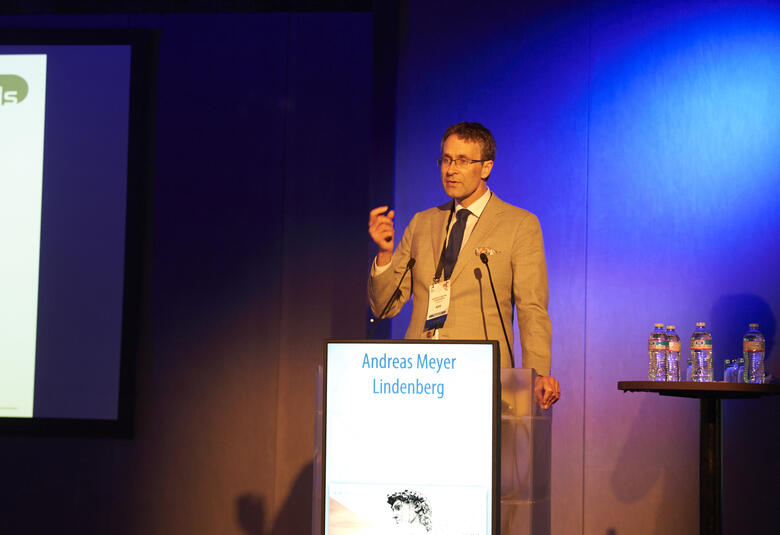
The intrigue of PolySia-NCAM
One of the first symposia on Day One ECNP 2015 was a research-track-focus on the possible roles of polysialylated neural cell adhesion molecule (PolySia-NCAM) in neurodevelopment and schizophrenia. Our correspondent offers a top-line summary of the preclinical and clinical insights shared in an intense, high-science session.
Proper brain development requires coordinated glycosylation, and in particular correct glycosylation of neural cell adhesion molecule (NCAM). The polysialylated version of NCAM (PolySia-NCAM) is vital in neurogenesis, playing a role in axon and dendritic outgrowth, and important for synaptic plasticity and normal neural development.
These were some of the key points made during a preclinical research track symposium entitled “Merging mouse and human data on the role of PolySia-NCAM in neurodevelopment and schizophrenia”, jointly chaired by Professor Herbert Hildenbrandt, of the Institute of cellular Chemistry, Hannover University, Germany and Professor Jean Mariani, of the Pierre and Marie Curie University, Paris, France.
In presentations by Dr Juan Nacher, of the University of Valencia, Spain and Dr Marta Barabara Wisniewska of the University of Warsaw, Poland, delegates learned of some of the latest research involving cultured immature neurones, animal models of neurodevelopment, imaging studies and research involving transgenic mice that point to the importance of normal polysialyation of NCAM in neurodevelopment. Dr Wiseniewska showed histological evidence of the impact of abnormal, or poly-Sia-free-NCAM, seen as demyelination and abnormal on neuronal structure and morphology.
Professor Hildebrandt described preclinical studies which suggest that in knock-out mice lacking an enzyme (ST8SIA2) responsible for modifying NCAM to PolySia-NCAM, the resulting reduced polysialyation leads to pathological brain development and schizophrenia-like behaviour. According to Professor Hildebrandt, a genetic variation in ST8SIA2 is not associated per se with schizophrenia but has been associated with schizophrenia where cognitive function is particularly poor, and he suggested that lacking ST8SIA2 has the potential to confer a neurodevelopmental predisposition to schizophrenia. He then went on to describe research suggesting that having this genetic deficiency, coupled with juvenile exposure to cannabis was linked with synergistic, negative effects on cognition in adulthood.
There has been inconsistent data regarding whether NCAM levels are increased or decreased in schizophrenia.
Candidate predisposing factor in schizophrenia?
The final speaker at the symposium, Professor Gianfranco Spalletta, of the IRCCS Santa Lucia Foundation and Laboratory of Clinical and Behavioural Neurology in Rome, Italy, presented research findings relating to NCAM and polysialic acid serum levels in patients with schizophrenia. He said that there has been inconsistent data regarding whether NCAM levels are increased or decreased in schizophrenia. He reported his own, as yet unpublished data suggesting that PolySia-NCAM serum levels are significantly raised in schizophrenia and appear to be modifiable – as shown by lower levels in patients receiving treatment for the condition. He also reported that levels of this marker appear higher in patients with disease characterized by predominantly negative symptoms. Professor Spalletta said that brain neuroimaging studies may help with further understanding of the role of this intriguing molecule in subtypes of schizophrenia.
Our correspondent’s highlights from the symposium are meant as a fair representation of the scientific content presented. The views and opinions expressed on this page do not necessarily reflect those of Otsuka and Lundbeck.


